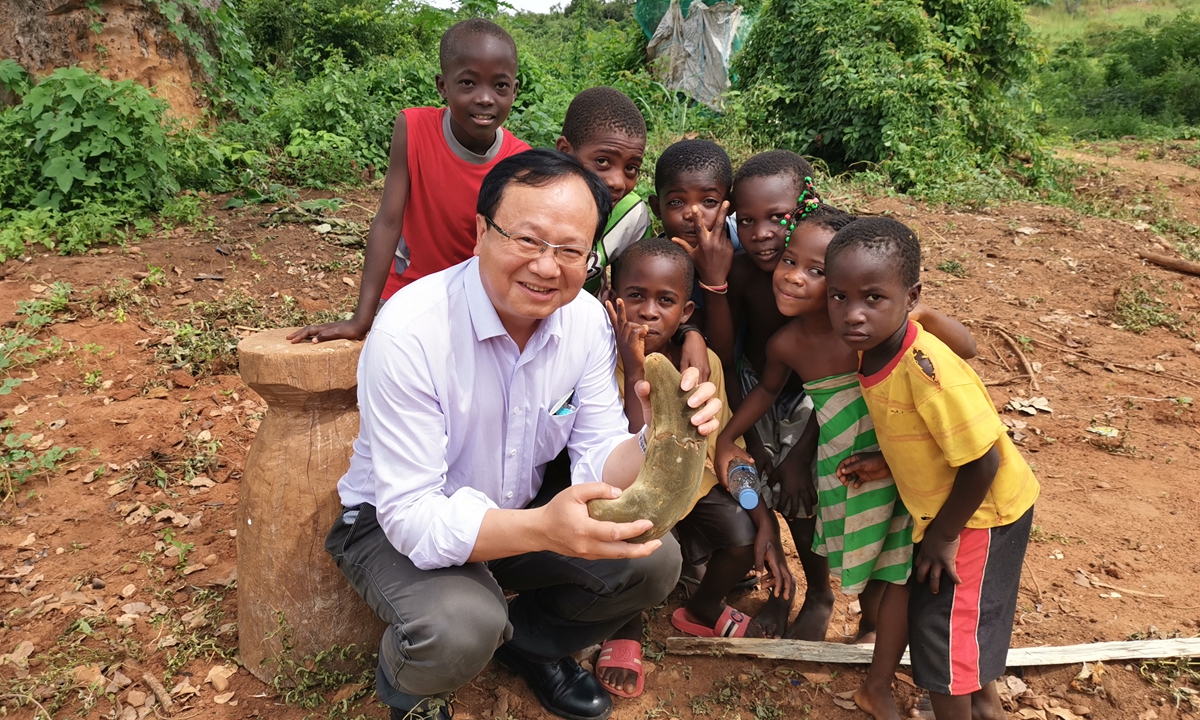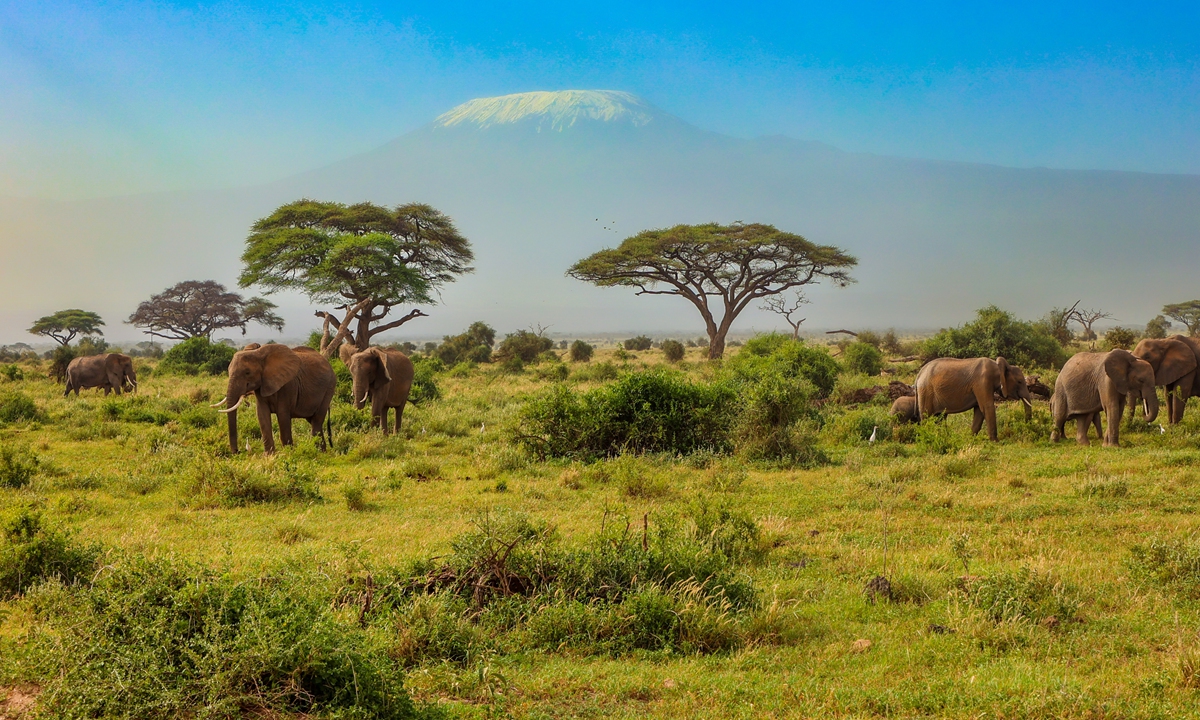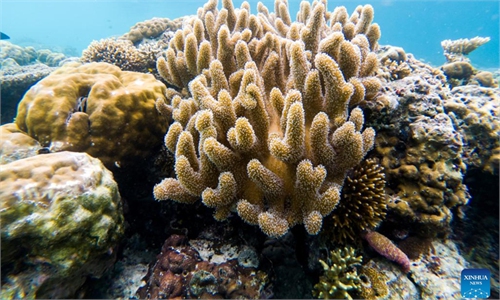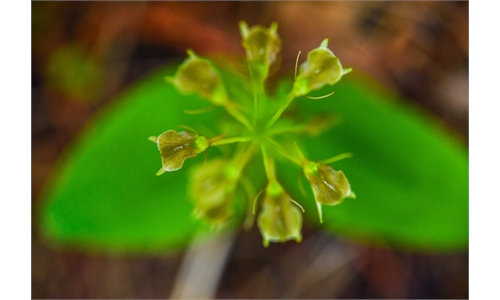ARTS / CULTURE & LEISURE
China and Africa actively promote global biodiversity
Thriving together

A Chinese expert poses for a photo with children in Madagascar. Photo: Courtesy of Sino-Africa Joint Research Center, Chinese Academy of Sciences
Imagine your car almost being overturned by a wild elephant, barely escaping a lion attack, or having food snatched from your hands by a wily baboon. This is the stuff of unbelievable adventure that is as dynamic as are the top tourist destinations in Africa, and a source of fascinating data for Wang Shengwei, a researcher at the Sino-Africa Joint Research Center, Chinese Academy of Sciences (CAS).
Wang has taken "fieldwork" to a whole new level, tempting fate through wild encounters like having one of the most venomous snakes in the world, a black mamba, slither over his feet.
"The local guide hushed me not to move. In order to divert my attention and make me relax, he asked me to look at the birds in the distance. Those were probably the longest seconds of my life," he recalled, fully aware that a single bite from the snake might have ended his life.
Despite the need for constant vigilance, Wang believes that "fieldwork" efforts are worthwhile. "Many scientific discoveries can only be made on the ground. It is only through communication and fieldwork with African partners that we can truly understand the significance of China-African cooperative research on biodiversity and the wonders of nature," he said.
The Sino-Africa Joint Research Center acts a crucible through which China-African biodiversity cooperation is fostered and strengthened. Currently, the center has recruited and trained 282 African graduate students in various fields such as biodiversity conservation and utilization, establishing a local talent pool for scientific research in many African countries.
Close cooperation
Located on the campus of the Jomo Kenyatta University of Agriculture And Technology, on the outskirts of the Kenyan capital of Nairobi, the center is the first comprehensive scientific research and education institution jointly built by China and an Africa country - Kenya - in 2013. It serves as an important platform for scientific and technological cooperation and talent cultivation between China and Kenya, as well as the entire African continent, in areas such as biodiversity conservation, ecological environment monitoring, microbiology and modern agricultural applications.
Yan Xue, the executive director of the center, told the Global Times that Africa is one of the most biodiverse regions in the world, with more than 40,000 plant species. However, the overlap between African and Chinese plant species is only 7 percent, indicating a strong complementarity between the form of research conducted by both sides.
According to Yan, due to the inadequate transportation during the rainy season, field surveys are mainly conducted during the dry season, lasting for one to two months. Fieldwork is physically demanding, involving photography, classification, recording, and specimen collection. In the evening, researchers need to prepare the specimens through overnight pressing. The research team needs to work for more than 10 hours a day, and during the busiest times, they subsist on 5-6 hours of sleep a day. Yan said it is this form of close cooperation that has deepened the relationship between the researchers in the two countries.
Geoffrey Mwachala, the senior researcher at the National Museums of Kenya, told the Global Times that he enjoys working with the Chinese scientists as they "keep to the schedules very well and have excellent attention to detail - which is very important for this kind of work." "Chinese students are hard-working, very polite, and have effectively contributed to some of the reviewed articles published during the collaboration."
He still remembered one "adventure" he experienced while on a joint field investigation in the Nandi Hills in Nandi County in April 2018. "We would get caught in afternoon thunderstorms, get wet every day with no time for our [work] gear to dry before the next day's investigation. Among the plants we collected turned out to be the first occurrence of Nervilia lilacea north of the Equator," he recalled with excitement.
During the cooperation, Yan noted that many African scholars have solid academic foundations and rich professional knowledge, which are what many young Chinese scholars should learn from.
Through the joint efforts of researchers from both sides, the center has officially discovered 16 new plant species in Africa, with 14 species found in Kenya and two in Madagascar.

Scenery in Kenya Photo: VCG
Taking rootFor African countries, the first step in ecological conservation is to understand their own biodiversity. Under this aim, Chinese and African scientists jointly published the Flora of Kenya with the support of the center and the National Museums of Kenya.
Flora of Kenya is based on extensive literature research, specimen review and identification, as well as results from multiple field surveys conducted by the team in Kenya. It is a comprehensive taxonomic monograph that records all vascular plants in Kenya with 31 volumes and including nearly 7,000 species.
According to Yan, this is the first national flora book in Kenya. It provides crucial basic information and scientific evidence for the protection and sustainable use of plant diversity in Kenya and East Africa, and holds significant importance for basic scientific research, natural resource conservation, and economic and social sustainability in Kenya and other African countries.
Mwachala, as one of the chief editors, said that Flora of Kenya makes knowledge about the Kenyan plants available in a highly visual manner, making it understandable to a wider spectrum of non-specialist users. The internet version can be easily enriched with new knowledge, thus keeping it current far into the future.
Amid the 10th anniversary of the China-proposed Belt and Road Initiative, Yan and Mwachala anticipate more cooperation, with strengthening efforts to popularize science and biological protection for local residents and contributing research output toward the completion of the Flora of Kenya.




